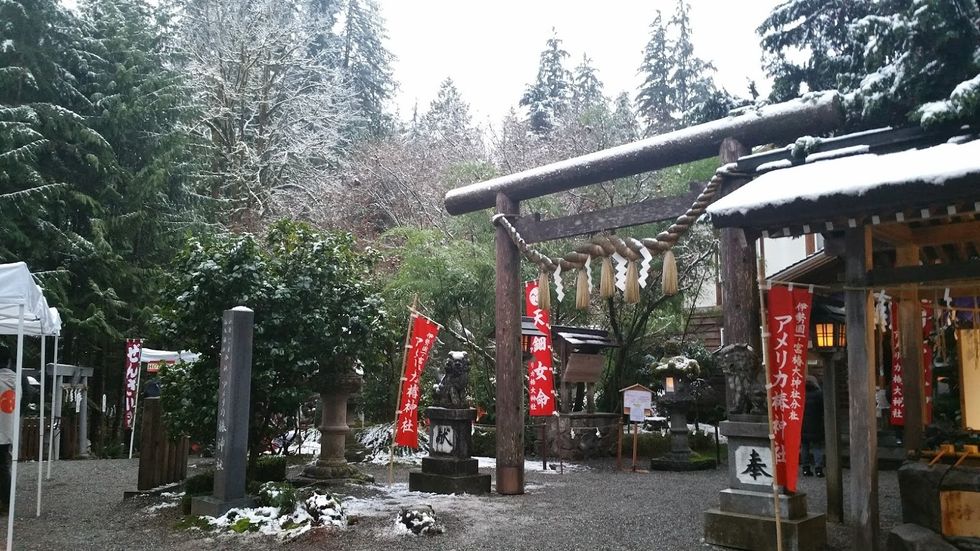Christmas has passed, and the holiday season is over for many. For many Asian-American families, however, the festivities aren't complete yet! While in western countries, New Years is celebrated partying with friends, many families of Asian descent celebrate it more in line with how Christmas is in the west. Families spend the holiday together, sharing food and making wishes for a happy and lucky new year. Many families from different parts of the world celebrate the new year a bit differently, but most welcome it with hope and happiness. Here is how my Japanese-American family celebrates this auspicious time of year!
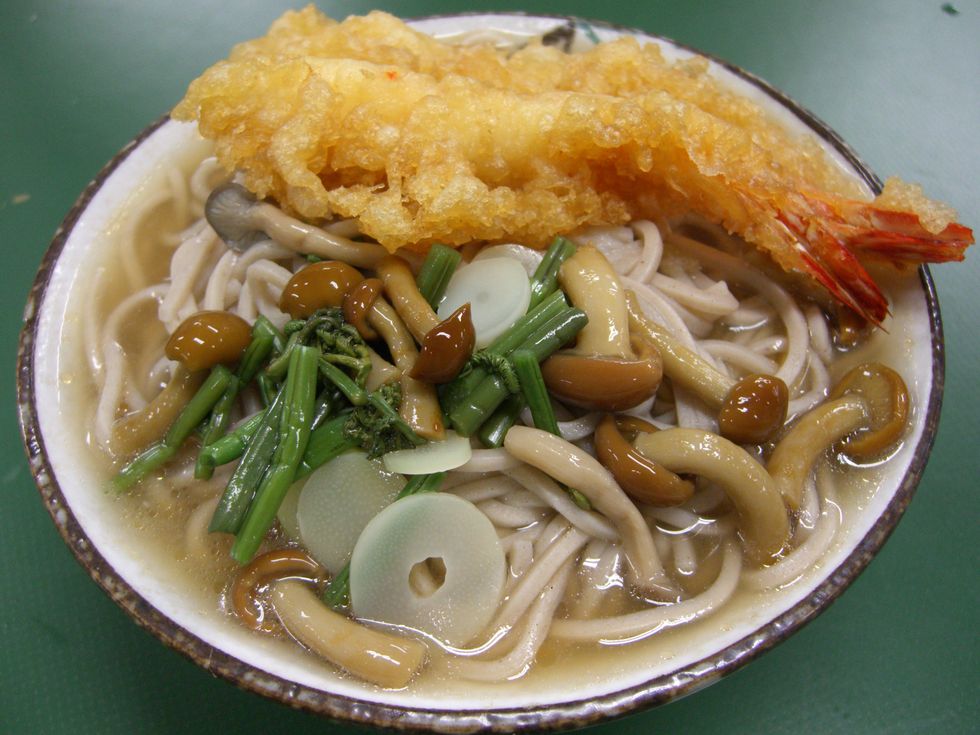
1. Toshikoshi Soba.
Toshikoshi soba is eaten on the eve of the new year to celebrate life. We use long buck, heated noodles in a hot, fish-based broth. That's about where uniformity ends, as families can choose what to put in based on personal taste. My family makes shrimp and vegetable tempura to garnish our toshikoshi soba. Slurp it down and let the warmth envelop the room!
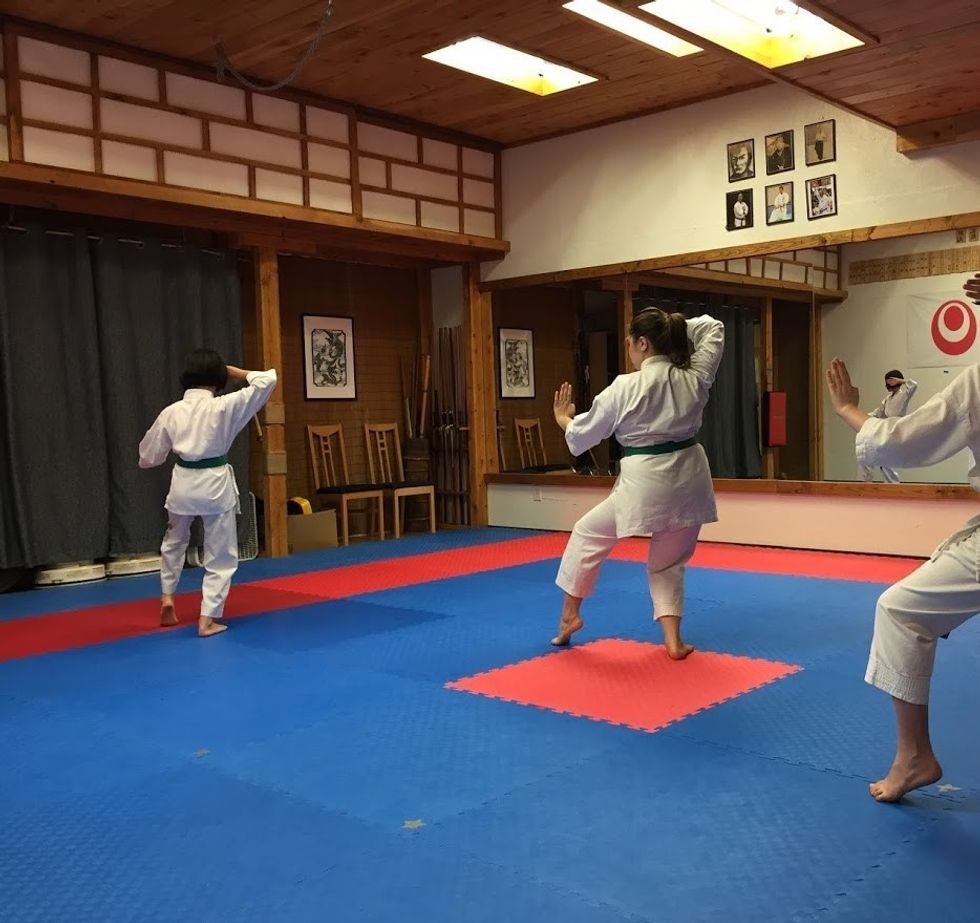
2. Two-Year Karate Workout.
My family and about two others head to the Pacific Northwest Ryuho Kan Dojo after eating and begin a 'two-year karate training' session. We start around 11 p.m. and train until the new year. As the hour turns, my parents, sister, and I will kneel in a circle and bow to each other, wishing each other well and to another happy year to come. Afterward, we toast each other with apple cider!
3. Osechi Ryori.
After a bit of a sleep-in, we will wake up and start prepping food for the first meal of the year. Some families can spend up to a week preparing for this meal, boxing it up so that the cooks in the family can also enjoy a relaxing and stress-free new year. In our house, however, we keep things pretty simple and make just a few things on New Years' Day. Our favorites are kamaboko, or fish cakes, Kuri Kinton, which are candied chestnuts with sweet potatoes, and tazukuri, or candied sardines. We also make an auspicious soup called o-zōni, which like the recipe for toshikoshi varies by household. My family uses kelp and soy sauce to make a soup base, and we mix in mochi, greens, and chicken meat.
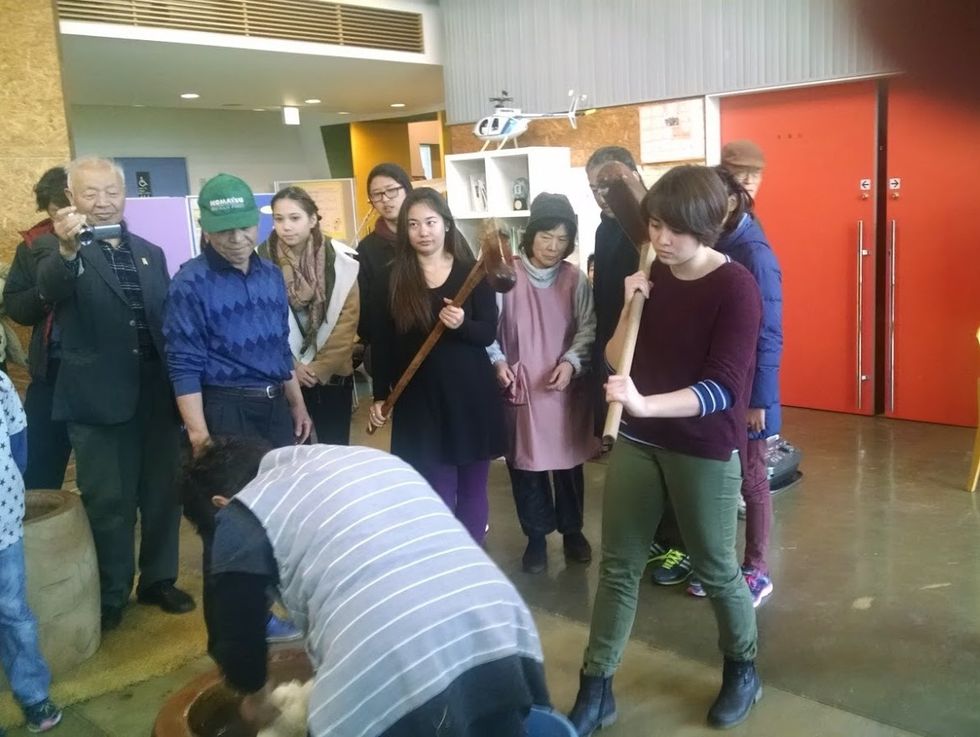
4. Mochi.
After our first new year's meal, it's time for mochi. Mochi is a sticky rice cake that is frequently made and eaten on special occasions. (It is a common belief in Japan that, rather than a man in the moon, there are rabbits on the moon, always working hard to make mochi!) We use store bought mochi and also make our own from special mochi rice. Once the mochi is cooked/heated up, we flavor it with different things. We have a sweet mochi we make using kinako, or roasted soybean flour. We also use soy sauce and seaweed to make savory mochi, and also we can finely grate daikon radish to make a spicy dip for the mochi cakes.
You must be careful, however, when chewing mochi. It's an incredibly chewy food, and it can be easy to choke on it if you take big bites. It is particularly important for the elderly and very young to be careful and/or looked after when eating, to make absolutely sure there are no accidents. Start the new year off right and be safe!
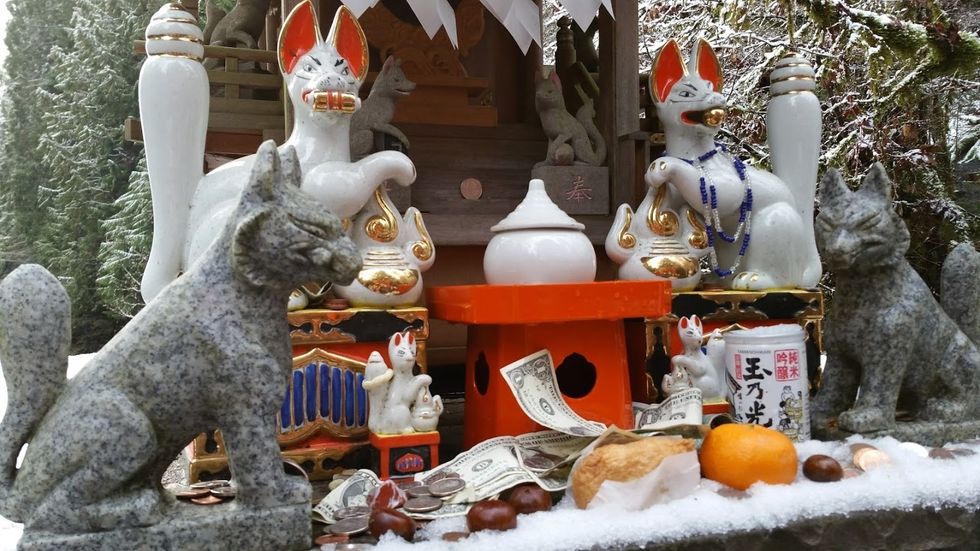
5. Hatsumode.
On or around the beginning of the new year, families, friends, or individuals can visit a local shrine to make wishes for the new year, and buy omamori amulets that bring good luck to the holder. An omamori is said to be an extension of the presiding spirit at the shrine or temple you are at. It is believed that after a year, the connection wanes/the spirit within grows tired, and it is time to return the amulet to the shrine to be burned in a special ceremony. The shrine my family visits is the Grand Tsubaki Shrine of America, located in Granite Falls, WA, near Everett. We purify our hands with water, then wait in line to make an offering and pray/make a wish at the entrance of the shrine. After that, we roam the shrine property with others, wishing each other well over hot tea and soup.

